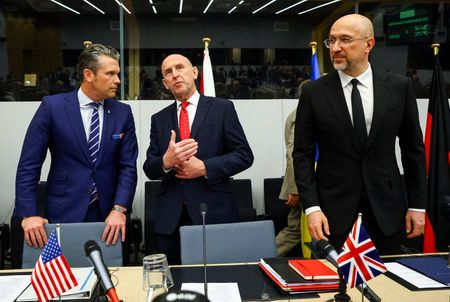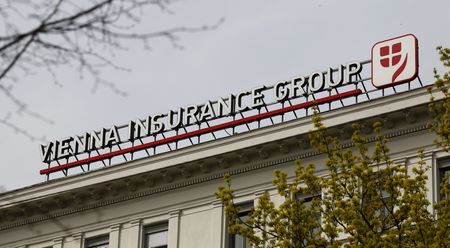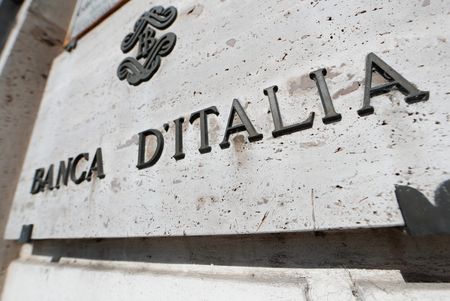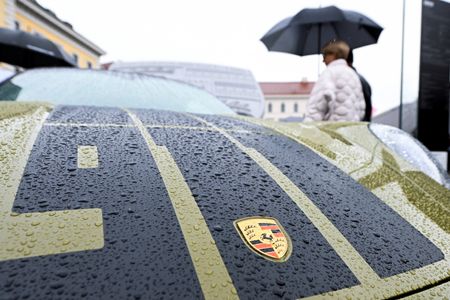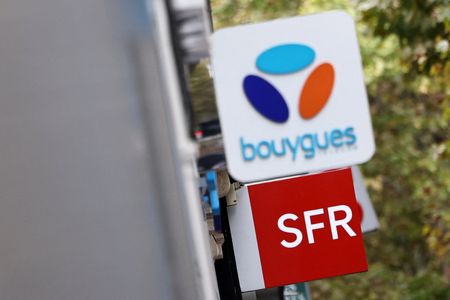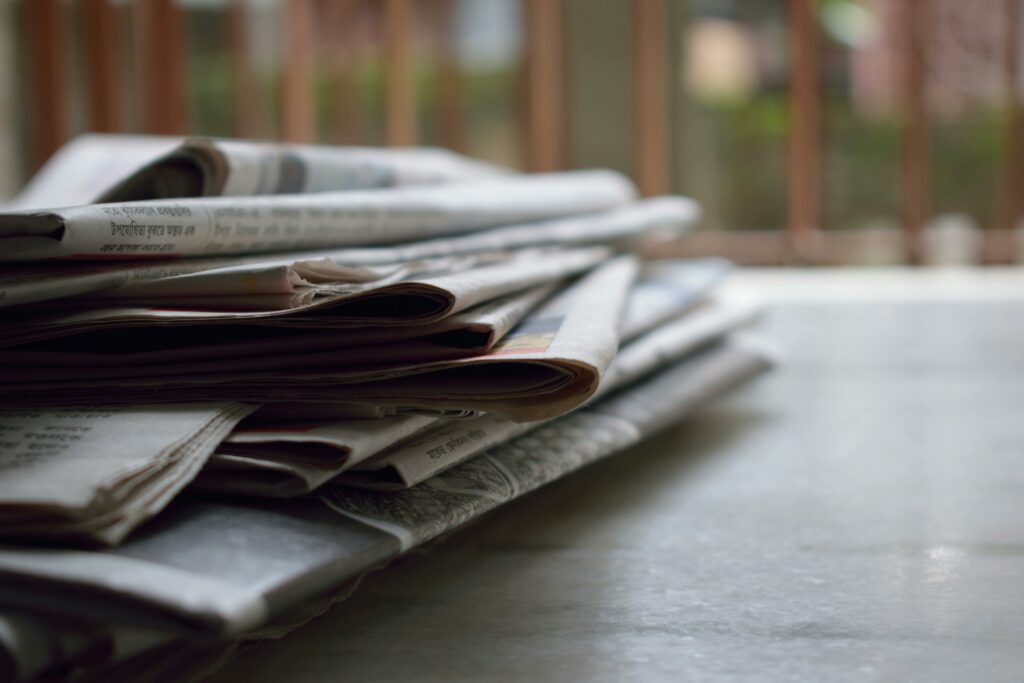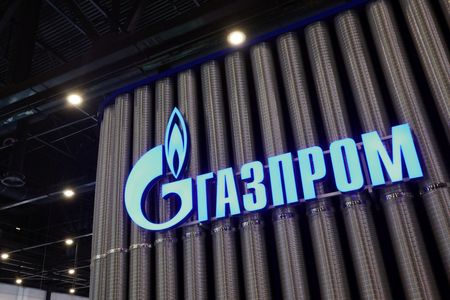By Guy Faulconbridge
MOSCOW (Reuters) -U.S. President Donald Trump has said he will meet Russian President Vladimir Putin in Budapest soon to discuss a way to end the war in Ukraine.
So what might a peace deal look like?
WHO WOULD GET WHAT?
Russia controls more than 116,000 square km (44,800 square miles), or more than 19% of Ukraine, an area just under half the size of the United Kingdom, according to the Russian military.
Russia says Crimea, which Moscow took in 2014, Donetsk and Luhansk – together known as Donbas – as well as Zaporizhzhia and Kherson are now legally parts of Russia.
Three sources familiar with Kremlin thinking said after Putin’s August summit with Trump that Putin has demanded that Ukraine withdraw from the parts of Donetsk that Ukrainian forces control – around 20%, about 5,300 square km.
That is less than his original 2024 demand for Kyiv to cede the entirety of Donbas plus Kherson and Zaporizhzhia in the south, an area of nearly 20,000 square km.
Crimea, which was handed to Ukraine in 1954 by Soviet leader Nikita Khrushchev, has been recognised as part of Russia by Syria, North Korea and Nicaragua. Putin has accused Western countries of double standards by not following suit, citing their recognition of Kosovo as an independent state in 2008 against the wishes of Russia and Serbia.
WHAT ABOUT NATO?
One of Putin’s most important conditions for ending the war is a demand that Western leaders pledge in writing to stop enlarging the U.S.-led military alliance NATO eastwards.
At the 2008 Bucharest summit, NATO leaders agreed that Ukraine and Georgia would one day become members. Ukraine in 2019 amended its constitution committing to the path of full membership of NATO and the European Union.
Trump has said that previous U.S. support for Ukraine’s NATO membership bid was a cause of the war, and has indicated that Ukraine will not get membership.
Russia wants a pledge on NATO in writing because Putin thinks Moscow was misled by the United States after the 1989 fall of the Berlin Wall when U.S. Secretary of State James Baker assured Soviet leader Mikhail Gorbachev in 1990 that NATO would not expand eastwards, Russian sources have said.
NATO says it is up to individual countries whether they want to join the alliance.
Russia has repeatedly proposed a new security architecture for Europe as Moscow is unhappy with NATO’s European dominance in the post-Cold War world. European diplomats have rejected the proposals, describing them as an extension of two centuries of Russian efforts to gain influence over European affairs.
HOW WOULD SECURITY GUARANTEES WORK?
Ukraine wants a way to guarantee that it will not be invaded again, but the West is anxious not to sign up to anything that could lock it into a future war with Russia, the world’s biggest nuclear power.
Under a draft agreement that was almost approved in April 2022 after talks between Ukraine and Russia in Istanbul, Ukraine would agree to permanent neutrality in return for international security guarantees from the five permanent members of the U.N. Security Council: Britain, China, France, Russia and the United States.
Russia has cited this as a model for a future deal. Ukraine and its European allies have said Russia is not a reliable guarantor.
Russia has also demanded limits on Ukraine’s armed forces and protection for Russian speakers and Orthodox believers.
TRADE PROSPECTS AND FROZEN ASSETS
After speaking to Putin on Thursday, Trump mentioned the prospect of resuming U.S.-Russia trade if peace was achieved. Many in Washington have been troubled by the “no limits” partnership between Putin and China’s Xi Jinping – and have proposed trying to bring Russia closer to the United States.
Particularly important for Russia would be the ability to use the U.S. dollar in global transactions and the opening up of Western financial institutions to Russian money again.
European powers are searching for a way to finance Ukraine’s defence and reconstruction with some of the 210 billion euros worth of Russian sovereign assets frozen in the West.
Russia says that taking that money would be theft and would undermine confidence in the euro as a reserve currency and trigger years of legal – and other – reprisals. Moscow has suggested some of the money be spent on rebuilding the areas of Ukraine that Russia controls.
CHILDREN
U.S. first lady Melania Trump said she had secured an open line of communication with Putin about repatriating Ukrainian children caught up in the war with Russia.
(Reporting by Guy FaulconbridgeEditing by Philippa Fletcher)

